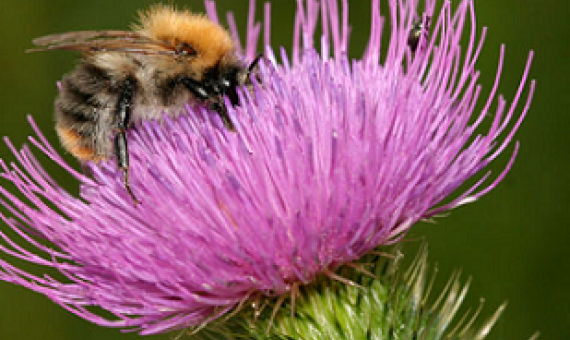Mangroves are an overlooked hotspot of insect diversity despite low plant diversity
The world’s fast disappearing mangrove forests have low plant diversity and are often assumed to also have a species-poor insect fauna. We here compare the tropical arthropod fauna across a freshwater swamp and six different forest types (rain-, swamp, dry-coastal, urban, freshwater swamp, mangroves) based on 140,000 barcoded specimens belonging to ca. 8500 species. We find that the globally imperiled habitat “mangroves” is an overlooked hotspot for insect diversity.








